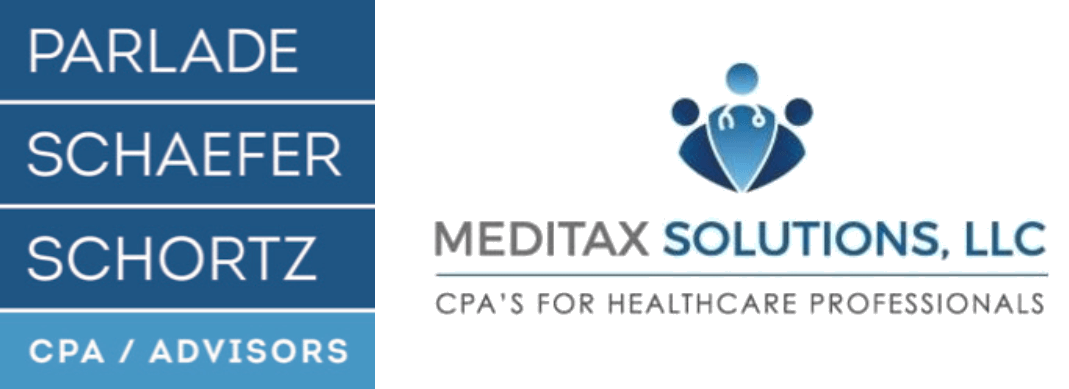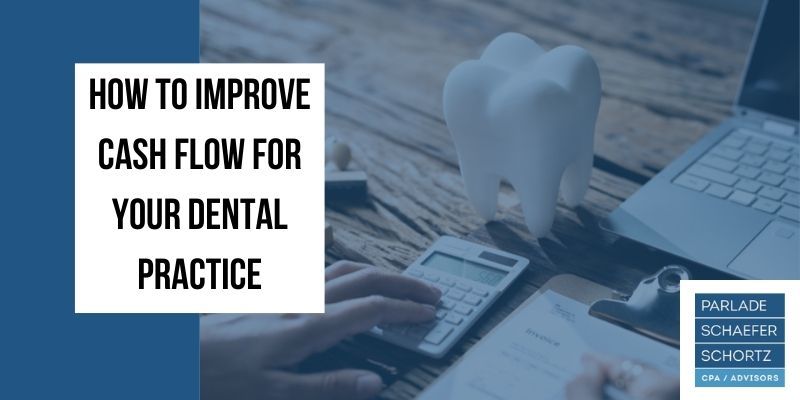Saving Strategies for High-Income Earners
High income earners are saddled with hefty tax burdens being at the top rung of the tax bracket paying 37% or more in taxes. Saving strategies for high income earners are essential to keeping more of your hard earned cash. A savvy tax strategy and investment planning are essential to holding onto more of your wealth. A financial planner and tax professional can help you keep more of your earnings by navigating, finding applicable tax codes, and distributing wealth into different plans, investments, and accounts to lower your tax burden. While the services of a professional are invaluable, it is wise to do your research and start learning what is available to you.
Pretax strategies
Pretax programs allow you to set money aside to lower your taxable income. Most of these programs are only available to those that work for an employer. For instance, HSAs provide multiple tax benefits. The contributions are deductible, grow tax-free, and qualified withdrawals are tax-free. Unfortunately, many of these are subject to income thresholds that begin to phase out the programs.
Long term care deductions
If you have long-term care insurance, premiums are deductible, and the deduction amount varies as an employee according to your age bracket between $450-$5640 per person. If you are self-employed, the premiums are 100% deductible.
2022 contributions limits for pretax accounts
- 401ks and 403(b) plans have a contribution limit of $20,500 as of 2022
- Traditional and Roth IRAs (after tax) remain at $6000
- Simple IRAs $14,000
- HSAs contributions limits are $3650 for single, $7300 for family
- Longterm care premiums $450- $5640
Capital Gains
Your timing can also impact your tax burden. You can minimize your tax bill by strategically choosing when you realize gains and losses. This isn't always advantageous, but if you had an unprecedented year, you could defer taxes on capital gains till a later tax year. The Qualified Opportunity Fund allows for the deferment of capital gains until 2026. While this may be helpful in the short term, there's also a risk that 2026 will bring higher tax rates.
Another opportunity to reduce or eliminate capital gains tax is through a charitable trust. This allows you to donate appreciated assets. In doing so, you no longer have to pay capital gains on the taxable asset and may take a donation deduction.
Not all investments are created equal. Some produce interest and dividend payouts increasing your tax burden for the year.
Asset location can be a helpful method in reducing your tax responsibility by placing high tax investments in tax-deferred or tax-exempt accounts. A wealth advisor can help you identify your high-tax investments into tax-deferred or tax-exempt accounts.
Standard Deduction vs. Itemized Deductions
In 2017, the standard deduction was significantly raised. Now, most people use the standard deduction. But this depends on your current situation. You may find yourself going back and forth in different tax years if you had a significant deduction that is more advantageous as an itemized deduction in a particular year, such as high medical expenses or substantial charitable donations.
Tax Free Growth Opportunities
Once you have exhausted all resources to reduce your tax bill, seek opportunities to invest your wealth in tax free plans.
529 plans
Plan contributions are not tax deductible, but the contributions grow tax-free, and distributions for qualified education expenses are tax free. Contributions above $16000 are taken against gift tax and lifetime estate tax exemption.
Universal Life Insurance Policies
Universal life insurance policies are a popular vehicle for high earners to grow wealth tax free. The premiums are not tax deductible, but the policy's cash value grows tax free, and loans can be taken out against your growing cash value without tax implications.
Saving strategies for high income earners
In conclusion, high income earners need a comprehensive plan to manage their finances and minimize their tax burden. Utilizing pretax strategies, such as maximizing contributions to 401ks and HSAs, and taking advantage of deductions, such as long-term care insurance, can help lower their taxable income. Capital gains, investments, and asset location should also be carefully managed to reduce tax liabilities. Lastly, seeking tax-free growth opportunities through plans like 529s and universal life insurance policies can help preserve wealth for future generations. With the help of a financial planner and tax professional, high earners can develop a personalized strategy to protect and grow their wealth.






